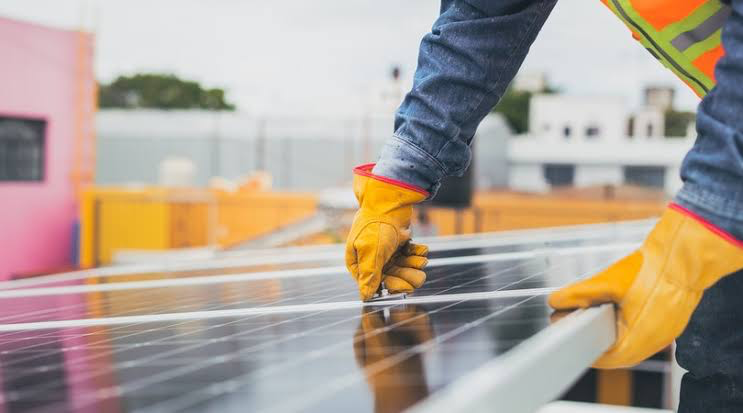The South African Photovoltaic Industry Association (SAPVIA) has put forth a detailed list of recommendations to the Department of Mineral Resources and Energy (DMRE) on the draft Integrated Resource Plan (IRP) 2023, aiming to propel the country’s solar PV sector forward amidst the ongoing energy crisis.
Since the draft IRP’s unveiling in January, SAPVIA has been deeply involved in analyzing the document, consulting with its broad membership, and participating in stakeholder discussions to craft a well-considered critique and set of proposals. This proactive engagement underscores the association’s dedication to refining South Africa’s energy blueprint to ensure a sustainable and secure electricity future.
SAPVIA’s CEO, Dr. Rethabile Melamu, expressed appreciation for the DMRE’s efforts in drafting the IRP, recognizing its critical role in safeguarding electricity security while also aiming to balance crucial goals like decarbonization. The association is particularly supportive of the IRP 2023’s innovative two-horizon approach, which thoughtfully delineates strategies for immediate crisis mitigation and long-term energy planning.
However, SAPVIA sees room for significant enhancements in the IRP, particularly in areas that would bolster the solar PV sector. The association’s submission outlines several key areas for improvement, aiming to refine the plan’s alignment with other pivotal policies, enhance transparency in assumptions, clarify the private sector’s role, anticipate technological advancements, and provide clear costs and timelines for transitioning away from coal.
Recommendations for Solar PV Acceleration
SAPVIA’s suggestions are anchored in ensuring better policy integration, updating modeling to mirror current realities, and recognizing the potential of the private sector more accurately. Specifically, the association calls for:
Aligning the IRP more closely with related policies like the ERA Amendment Bill and the Transmission Development Plan.
Enhancing transparency around modeling assumptions and reflecting real-world data in technology costs.
Giving a clearer picture of private sector generation’s potential impact, suggesting that current allocations might be too conservative.
Considering future advancements and cost reductions in battery energy storage technologies.
Outlining specific costs and timelines for the retrofitting or decommissioning of coal-fired power plants.
By focusing on these areas, SAPVIA believes that solar PV deployment can be significantly accelerated, thereby increasing the allocated capacity for distributed generation and strengthening the transmission infrastructure. SAPVIA’s submission does not shy away from acknowledging the continued, albeit diminishing, role of fossil fuels in South Africa’s energy mix. It underscores the need for the IRP to transparently assess the economic risks associated with maintaining a carbon-intensive power system. As the country seeks to balance its energy security needs with the imperative to decarbonize, SAPVIA’s recommendations aim to ensure a more sustainable and economically viable path forward.
Dr. Melamu reaffirms SAPVIA’s commitment to engaging with the DMRE and other key stakeholders in refining the IRP, emphasizing the association’s belief in renewable energy’s pivotal role in powering South Africa’s energy transition. “We are confident that renewable energy, particularly solar PV, can power South Africa’s energy transition while supporting economic growth and social development,” she stated.



